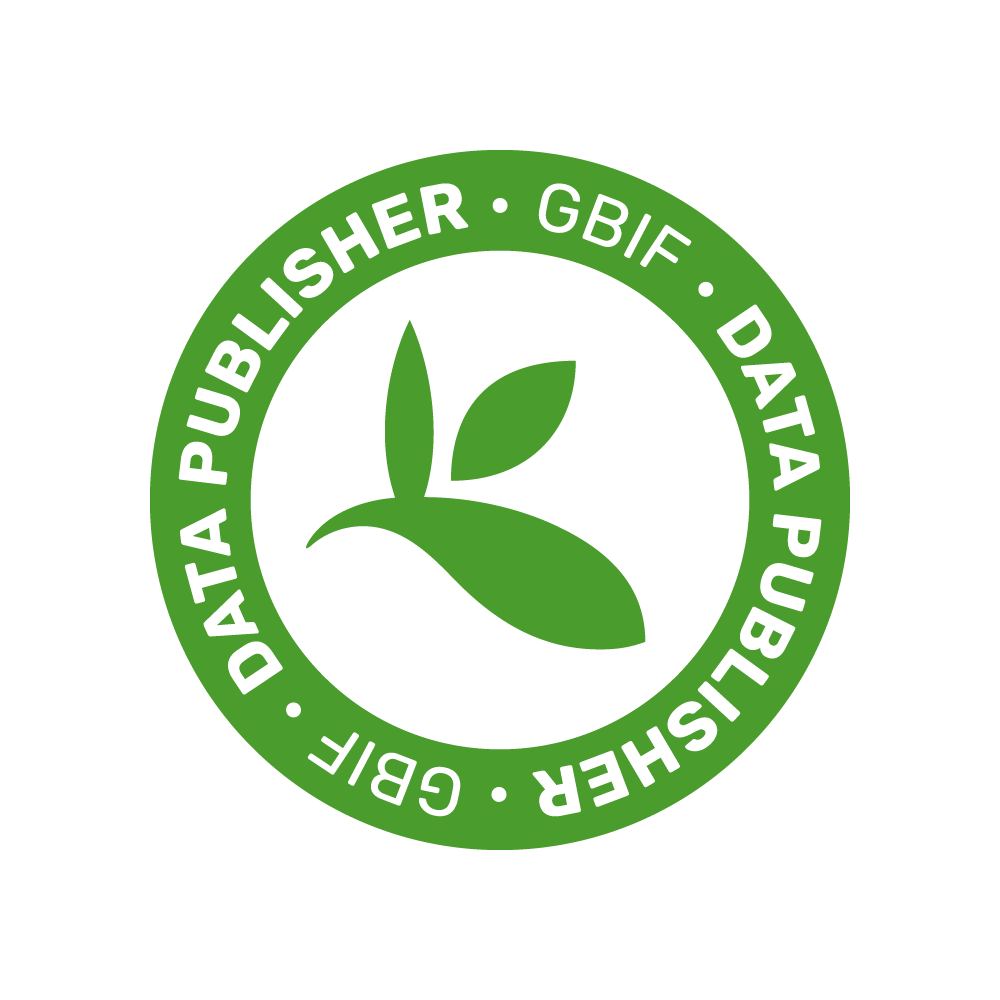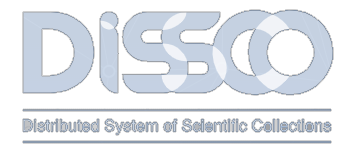IBBR Webinars

The bioactive potential of carotenoid-derived small rhizosphere molecules strigolactones in plants
Imran Haider
Department of Soil, Plant and Food Sciences, Section of Plant Genetics and Breeding, University of Bari Aldo Moro - Italy
February 26, 2025 (11:30-12:30)
Webinar Link: https://teams.microsoft.com/l/meetup-join/19:meeting_YTdiZDkyZmItN2M5Zi00OGE5LWE2ZDYtOWEwNGFmYTBkYTZi@thread.v2/0?context={"Tid":"34c64e9f-d27f-4edd-a1f0-1397f0c84f94","Oid":"44e4d49e-6048-4212-9d14-271b88f77e1f"}
Abstract: The rhizosphere, the thin layer of soil surrounding and under the influence of the plant root, is of increasing interest in the biology that is happening in the mostly hidden half of plants, the roots. It is becoming increasingly clear that a better understanding of what is going on there may contribute to the development of a more sustainable agriculture that requires less inputs. A prime example of this is the small molecules known as strigolactones (SLs), which are derived from carotenoid. They are rhizosphere signalling molecules exuded by plants, especially under phosphate deficiency, that stimulate root colonization by arbuscular mycorrhizal (AM) fungi that can help the plant to take up phosphate from the soil. Several reports suggest that SLs not only affect AM fungi but can also affect other micro-organisms. A complicating factor is that the SLs are also germination stimulants of root parasitic weeds and a plant hormone regulating plant architecture. This presentation will provide an overview of our current understanding of SL biosynthesis, emphasizing the ecological interactions between plants and their environment
Author's Info: https://scholar.google.com/citations?user=nyPeOGgAAAAJ&hl=en




